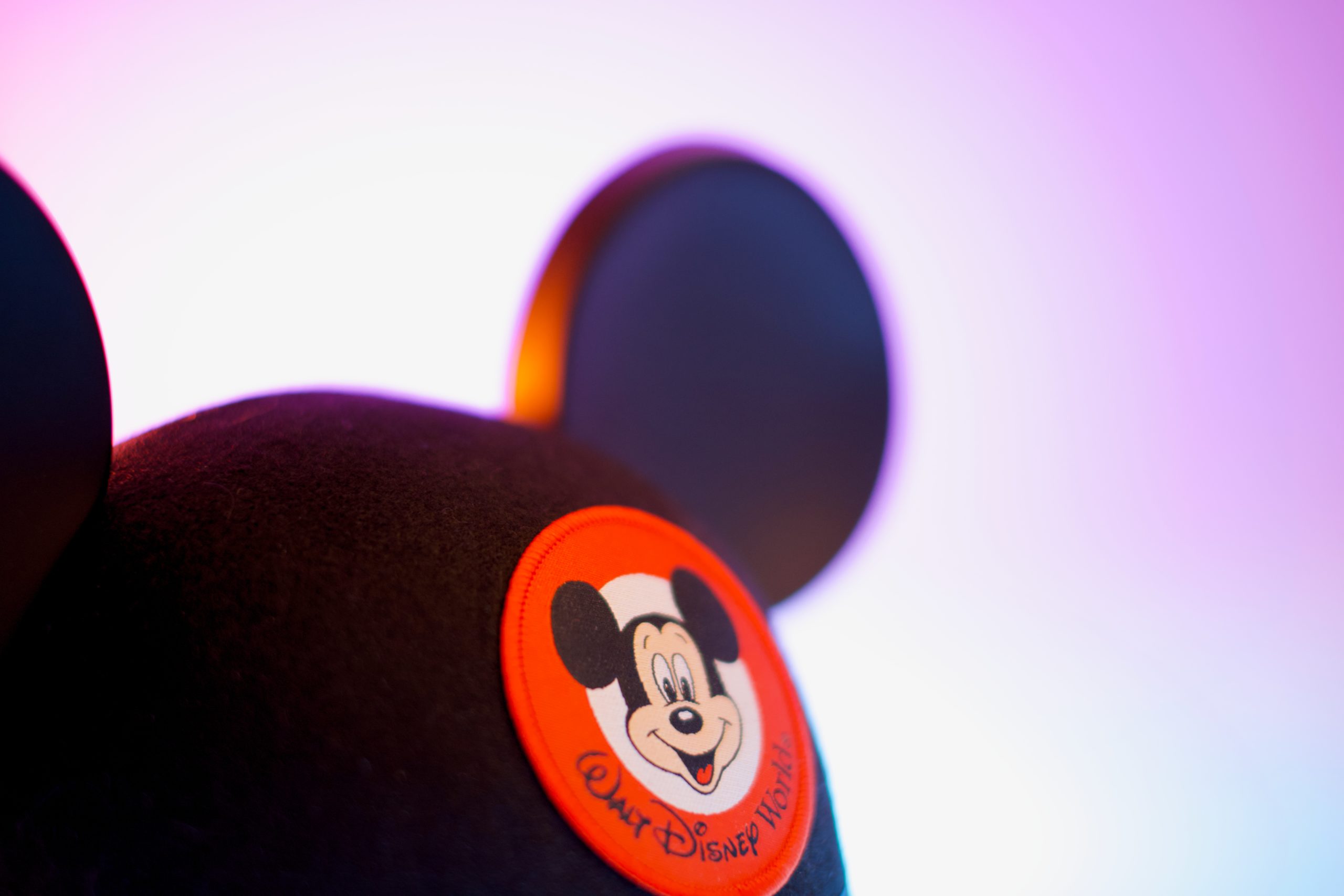
Editor’s Note: Spoiler Warning
“Raya and the Last Dragon” is a visually stunning and comprehensive film created by Disney animators in the comfort of their own homes. With the pandemic wreaking havoc on the film industry, many creative endeavors have lacked the prowess they once achieved before the outbreak.
I think it is safe to say that “Raya and the Last Dragon” completely subverts this argument with an innovative take on the Disney princess blueprint mixed with hard-hitting action and newly-advanced animation techniques.
The film creates one of the most authentic world-building experiences in recent memory, with the heart of the story centering around a utopian society known as Kumandra.
Kumandra was once a united civilization that represented different Southeast Asian groups holistically. However, due to greed and corruption over dragon magic, the society was split into five separate kingdoms.
This division closely mirrors our own nation’s geographical status as states divide over political protocols and judicial acts. The main character, Raya (Kelly Marrie Tran), seeks to end this division on a journey to save her father from impending doom at the hands of the film’s antagonist, the Druun.
The Druun is a “mindless plague” created from human discord after the destruction of Kumandra. They have the supernatural ability to turn their victims into stone, with the dragon gem’s combined power being the only antidote to its influence.
The governing theme that drives the story point and protagonist throughout the film is the trust and good faith we put into one another as fellow citizens of the world.
After Raya is naively manipulated into giving up the dragon gem’s whereabouts, her father is turned into stone by a Druun. This series of events causes Raya’s outlook on the world to shift completely, succumbing to a corrupt mindset that all people are deviant and untrustworthy.
Raya then meets and embarks on a journey with the last living dragon, Sisu (Awkwafina), who coincidentally trusts every person she meets, making for a charming character dynamic.
This meeting is where the film brilliantly sets up each of its characters to have a fully realized and embodied character arch that also pays homage to Southeast Asian heritage and culture.
One relationship the film seems to draw upon heavily is Raya and Namari (Gemma Chan). Namari was the child who tricked Raya into revealing the location of the hidden dragon dem, ultimately destroying the world in the process.
This relationship becomes the powerful engine that drives the theme of trust into a satisfying ending of bliss and harmony.
Raya and Namari genuinely despise one another throughout the film, but their dynamics grant each other the ability to learn how to trust. Disney even hints at a very slight sexual relationship between the two in the future, creating a magnetic dynamic that has never been seen before in a Disney animated film.
In light of the recent hate crimes ensuing against the Asian American community, “Raya and the Last Dragon” supports an ever so important message for all American citizens.
The film provides audiences with a fully diverse cast, representing different Asian communities throughout the world and showing just how important representation is and respect among people from all walks of life.
